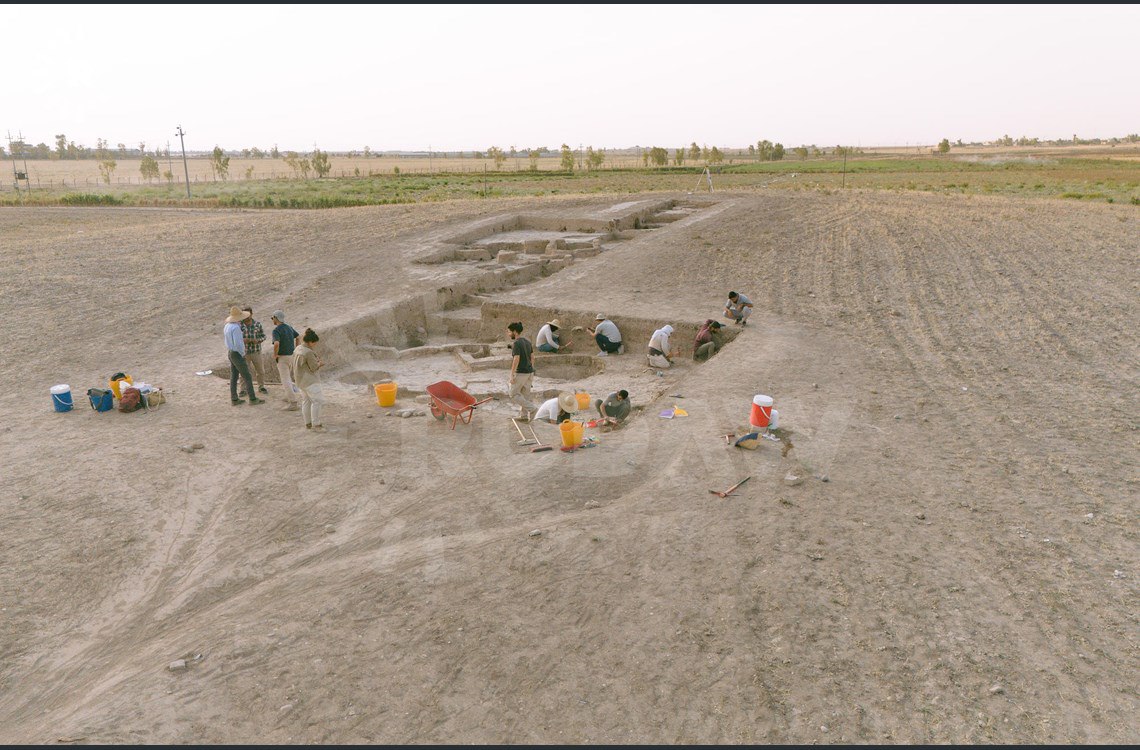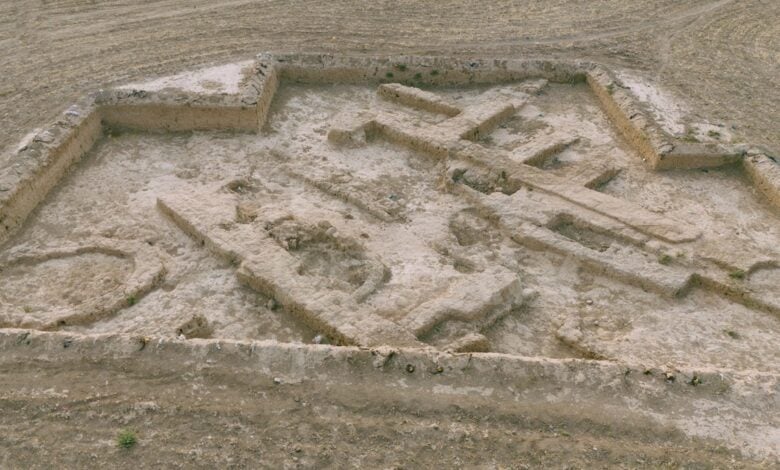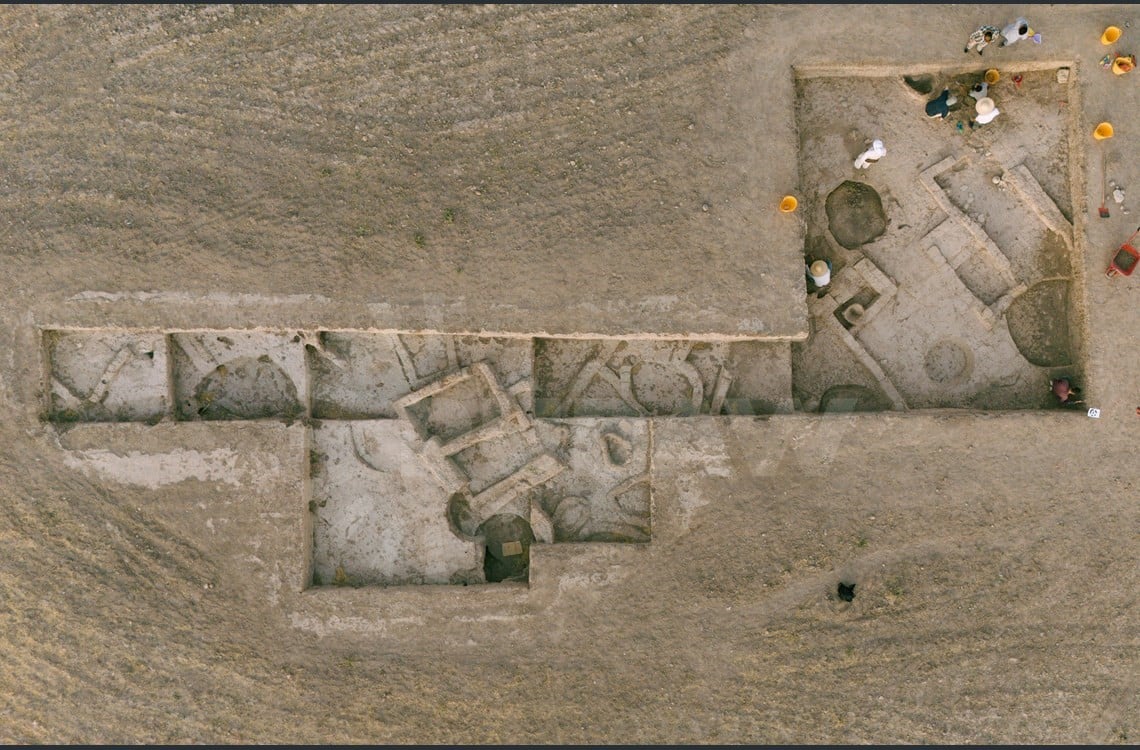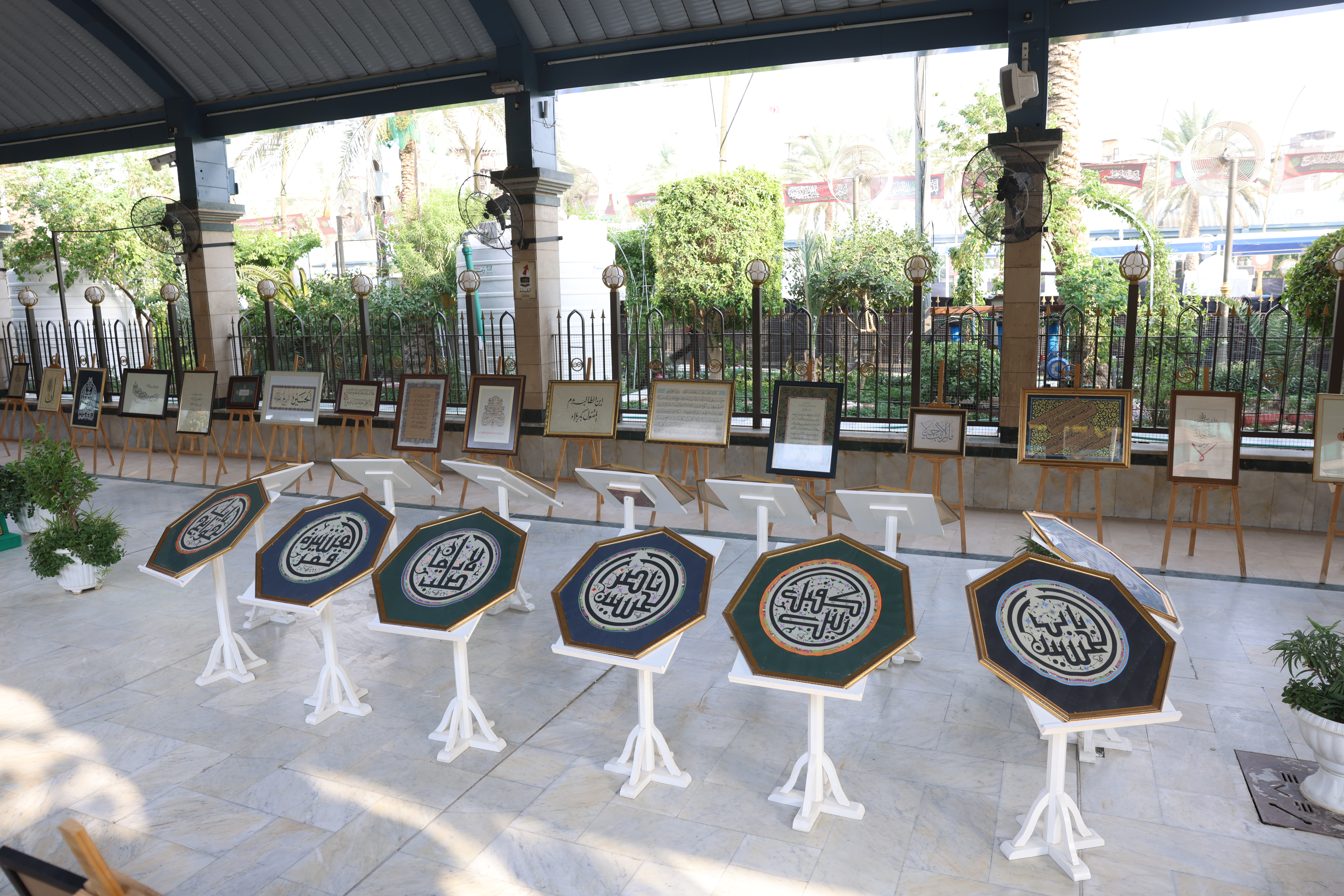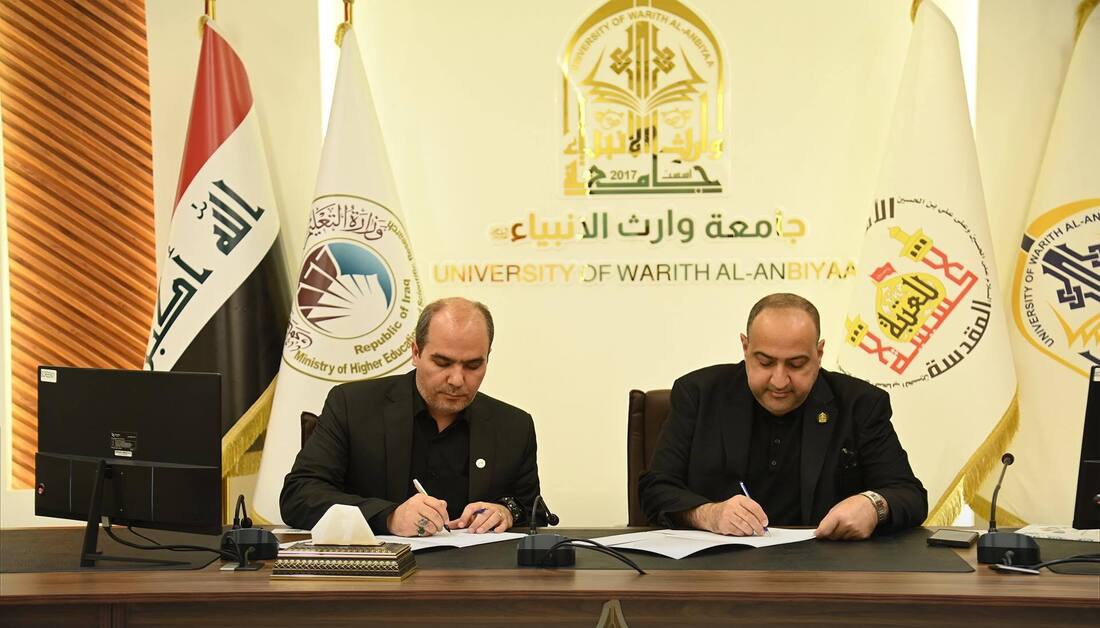Archaeological site over 6,000 years old discovered in Erbil
A joint Kurdish-American archaeological team has uncovered significant artifacts dating back more than 6,000 years during the fourth excavation season at Tell Mitrab, located in the Shamamak Plain of Erbil Governorate.
The project is a collaborative effort between the Erbil Directorate of Antiquities and Heritage and Bryn Mawr University. The findings reveal that this rural Mesopotamian settlement was inhabited during two major historical periods: the Late Chalcolithic period and the Hellenistic era.
Excavations are currently underway at four points across the site, which includes four small mounds spread over an area of approximately three hectares. The research project began in 2022 and has continued through four excavation seasons.
Ali Bani Shari, a representative of the Erbil Directorate of Antiquities and Heritage, emphasized the importance of Tell Mitrab, noting that it is officially registered on both the Iraqi and Kurdistan Region archaeological maps. He reported that the team uncovered substantial architectural remains, including six rooms—one of which functioned as a kitchen—as well as the foundations of a large structure believed to be a palace.
Professor Rocco Palermo, the project director, explained that the team is concentrating on two key historical phases: the Stone Age and the Hellenistic period. “We aim to understand how small village communities responded to major transitions, such as the emergence of civilizations and empires,” he said.
One of the most striking discoveries this season was evidence of a sudden abandonment of the Stone Age settlement, likely due to an earthquake. There were no signs of violence or fire, but researchers found hundreds of intact artifacts, including jars and daily-use tools, offering a rare snapshot of everyday life at the time.
The excavation team is also utilizing modern technologies, including extensive geophysical surveys, to identify promising subterranean features for future exploration.
With the conclusion of the fourth season, preparations are already underway for a return next year. The team hopes for a longer season to broaden the scope of excavation and deepen the understanding of life in ancient Mesopotamian rural communities.
